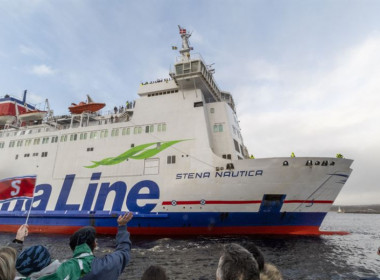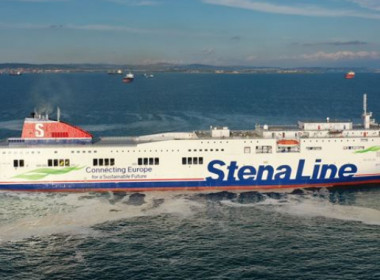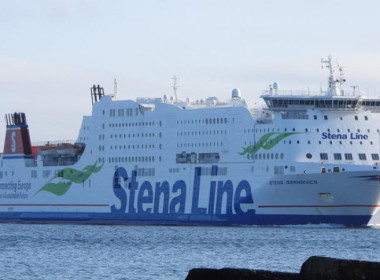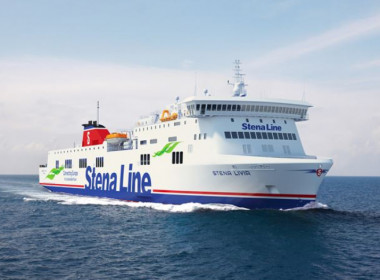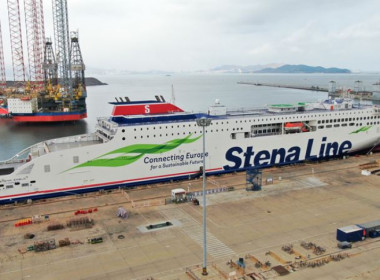VESSEL CONVERSION | Stena Scandica – Upgraded Stena Line ferry with increased capacity and emissions-reducing features

Swedish shipping company Stena Line recently resumed operational sailings of one of its older Ro-Pax ferries after it successfully underwent a modernisation program that resulted in a significant increase in its current transport capacity.
The 2005-built Stena Scandica, formerly named Stena Lagan, is the first of two Stena Line ferries that have been lengthened and modernised by sister company Stena RoRo at the facilities of Sedef Shipyard in Tuzla, Turkey. The conversion project began in August 2020 and was completed within 10 months.
The upgraded vessel will be operated in the Baltic Sea after having originally sailed on Stena Line’s Belfast to Birkenhead route for many years.
Stena Scandica – as well as sister vessel Stena Baltica (the former Stena Mersey) – has been lengthened primarily through the incorporation of a 36-metre mid-section, a process that necessitated splitting the vessel in half. The ferry now measures 222 metres long and has capacity for 970 passengers housed in 202 cabins, a notable increase of 80 cabins from the original number. The freight capacity has meanwhile been increased to 2,875 lane metres.
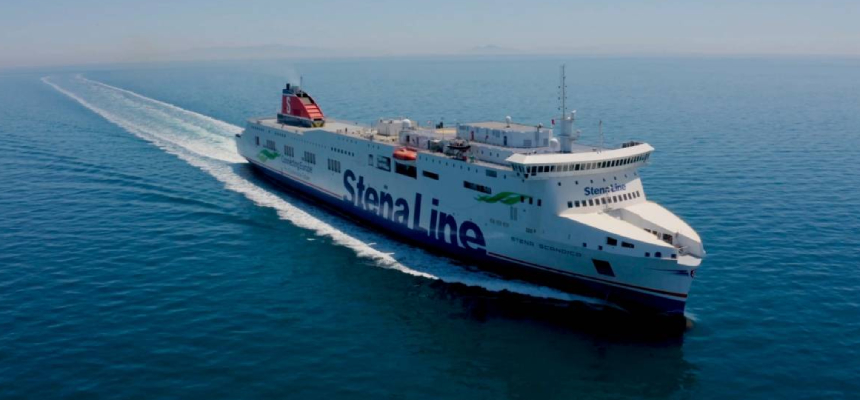
To improve efficiency during vehicle loading and unloading operations, the ferry has been modified with drive-through capabilities on two decks. This means cars and lorries can now directly access either one of the two vehicle decks while the ferry is at berth. The installation of internal ramps will allow vehicles access between the two decks once they are on board.
Stena Line said the interior and onboard facilities have also been updated to feature the company’s trademark Scandinavian influence and light and spacious design. This is also true in the other passenger spaces, which include shops, lounges, and an aft sundeck. The interior spaces were furnished by Accomar Marine Interior.
Also fitted are hybrid scrubbers, ballast water treatment systems, and a twisted leading-edge rudder to further enhance operating efficiency.
Per Westling, managing director of Stena RoRo, said the expansion of the vessel’s capacity and the incorporation of efficiency-enhancing measures result in a significant reduction of emissions – of both the ferry and the vehicles being loaded and unloaded – as well as shorter turnaround times while in port.
Stena Scandica commenced operational sailings in the Baltic Sea in July of this year. The ferry initially served the route between Ventspils in Latvia and Nynashamn in Sweden. Later this year, sister vessel Stena Baltica will also begin operating on the Latvia-Nynashamn route, and Stena Line said the introduction of the two modernised ferries will increase total passenger and freight capacity on the route by around 30 per cent.
Click here for the other news, features and reviews comprising this month’s Passenger Vessel Week.
| Stena Scandica | |
| SPECIFICATIONS | |
| Type of vessel: | Ro-Pax ferry |
| Flag: | Denmark |
| Owner: | Stena Line, Sweden |
| Operator: | Stena Line, Sweden |
| Designer: | Stena RoRo, Sweden |
| Builder: | Sedef Shipyard, Turkey |
| Length overall: | 222 metres |
| Beam: | 26 metres |
| Draught: | 6.3 metres |
| Deadweight tonnage: | 9,551 |
| Gross tonnage: | 35,456 |
| Capacity: | 2,875 lane metres |
| Maximum speed: | 18 knots |
| Other equipment installed: | Vehicle ramps; hybrid scrubbers; ballast water treatment systems |
| Interior designer: | Accomar Marine Interior |
| Accommodation: | 202 x passenger cabins; shops; lounges; sundeck |
| Passengers: | 970 |



